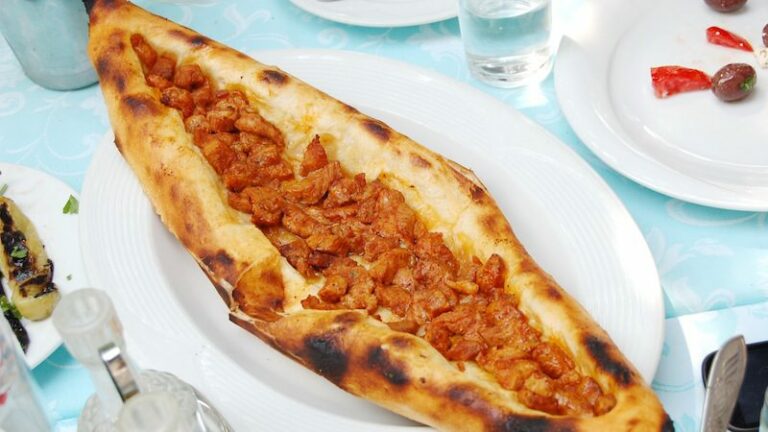Introduction: Nigerien Cuisine Overview
Nigerien cuisine is a vibrant and flavorful mix of West African and Arabic cuisine, with a strong emphasis on grains, vegetables, and spices. It is known for its bold flavors, hearty stews, and use of traditional cooking methods like grilling and smoking. Nigerien cuisine is heavily influenced by its geography, with the Sahel region to the north providing a range of grains and vegetables, and the Niger River basin to the south providing a variety of fish and meat.
The Role of Meat in Nigerien Cuisine
Meat, particularly beef, goat, and mutton, plays a significant role in Nigerien cuisine. It is often used in stews and grilled dishes, and is considered a symbol of wealth and status. In rural areas, livestock is an important source of income and food security, and many Nigeriens rely on meat as a primary source of protein. However, the use of meat in Nigerien cuisine is also driven by cultural and religious factors, with many Nigeriens being Muslim and observing halal dietary restrictions.
Vegetarianism in Nigerien Culture
Vegetarianism is not a common dietary choice in Nigerien culture, as meat is seen as a sign of prosperity and is deeply embedded in the country’s culinary traditions. However, there are some communities, such as the Tuareg and Fulani, who have historically relied on a more plant-based diet due to their nomadic lifestyle. In addition, there is a growing awareness of the environmental and health benefits of vegetarianism, particularly among urban populations.
Vegetarian Options in Nigerien Dishes
While meat is a central component of many Nigerien dishes, there are also a variety of vegetarian options available. These include dishes such as djerma, a flavorful stew made with okra, tomatoes, and peanut butter; maafe, a peanut-based stew with vegetables such as sweet potatoes, carrots, and eggplant; and efo riro, a spinach and tomato stew that can be made with or without fish. Vegetarian versions of popular dishes such as jollof rice and yassa also exist.
Common Vegetarian Dishes in Nigerien Cuisine
One of the most popular vegetarian dishes in Nigerien cuisine is thieboudienne, a flavorful dish of spiced vegetables and rice that is typically served with a tomato-based sauce. Other vegetarian dishes include tchakpallo, a hearty stew made with beans and vegetables; gboma dessi, a spicy vegetable stew; and koklo meme, a dish made with black-eyed peas, vegetables, and spices. Vegetarian side dishes such as fonio, a type of millet, and la bouille, a porridge made with cornmeal, are also popular.
Conclusion: The Future of Vegetarianism in Nigerien Cuisine
While meat remains a cornerstone of Nigerien cuisine, there is growing interest in vegetarianism and plant-based diets in the country. This is partly driven by environmental and health concerns, as well as the desire to preserve traditional crops and farming practices. With the availability of a wide range of vegetarian dishes and ingredients, as well as a growing vegetarian and vegan community, the future of Nigerien cuisine may see a shift towards more plant-based options.










